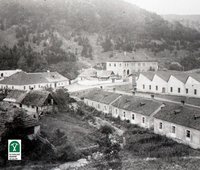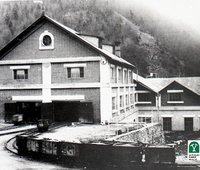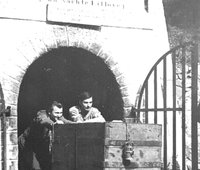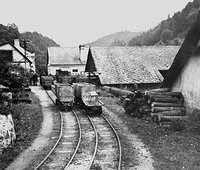It is originally an ancient mining village, whose existence is connected with mining and exploitation of gold and silver ores in the 13th and 14th centuries. Banská Hodruša is documented as a village in 1376 as an outer part of Banská Štiavnica town. Hodruša is one of the oldest mining settlements in Banská Štiavnica-Hodruša´s ore region. The original location of the settlement was linked specifically to the possibility of mining ores. At the beginning of the 14th century, the wave of German colonization also affected Hodruša, where German families immigrated. German colonialists also brought new mining methods to local mines. At the beginning of the 16th century, in Banská Štiavnica´s ore region, Hodruša with its mines was an important area not only in terms of the mining of precious metals, but also in terms of the number of inhabitants, which numbered around 1,500 people. Mining in Štiavnica-Hodruša´s mining region reached its peak in the 18th century. In this period, according to written records, 47 tons of gold and 2 577 tons of silver were mined in the area. The most historically significant area of the municipality of Hodruša-Hámre is the local part - Banská Hodruša, where the largest number of natural, technical and cultural monuments can be found. Many mining works and buildings have been preserved here until today, which is very valuable in Slovakian terms. Gold has been mined in Rozália mine since 1993. It is today the only ore mine in Slovakia and the only gold mine in Central Europe. A private company mines gold ore here. To date, about four tons of gold have been exploitated in the mine. Mined ore is transported underground for 5 kilometers, then crushed, ground and processed by flotation on the surface. The resulting product is a concentrate containing 200 g of gold per ton, which is sold abroad.





